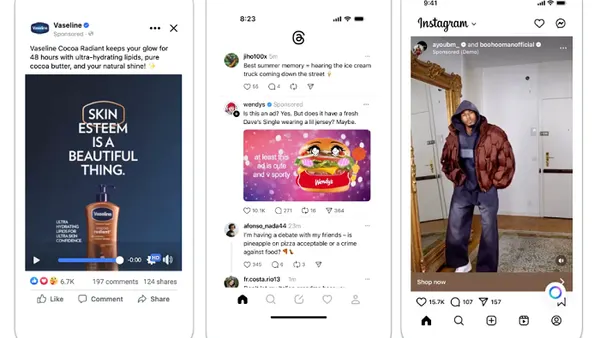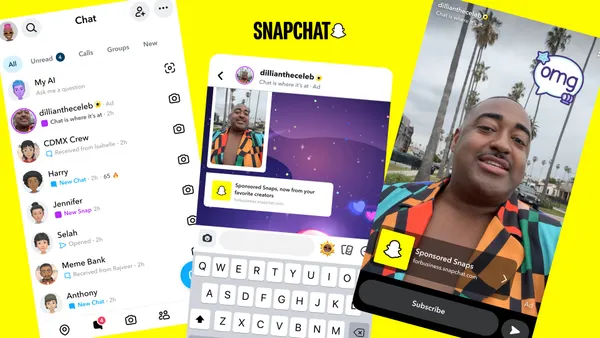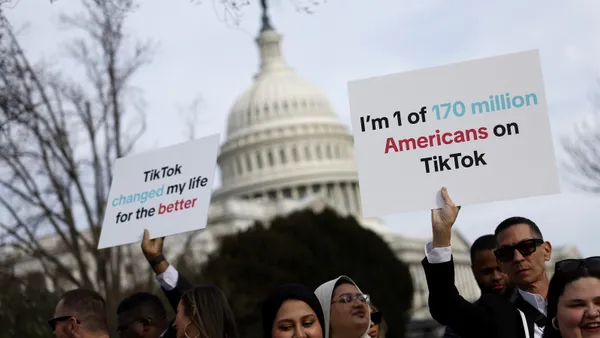Dive Brief:
- Google and Facebook and major online news publishers have jointly agreed to adopt transparency standards from industry consortium The Trust Project to standardize communication about the editorial practices behind information provided to online readers in order to help them assess the quality and reliability of online news, per a report in The Wall Street Journal. The Economist, The Globe and Mail, the Independent Journal Review, Mic, Trinity Mirror and the Washington Post all agreed to implement the trust indicators outlined in the standards this month and the rest of the consortium’s 75 members are expected to do so in the next six months.
- The trust indicators are voluntarily provided by publishers about their content and include: who it was written by, why it was written, how it was sourced and reported, and whether it’s news, opinion or sponsored content.
- The indicators will appear on publishers’ pages and will also be highlighted on tech platforms such as Google, Facebook and Twitter through code on the publishers’ websites. For example, Google will use the code to improve the accuracy of labels in Google News results, and might be added to publisher information and authors in search results as well as used to determine what content to prioritize.
Dive Insight:
The Trust Project claims this is the first time publishers have been able to communicate their editorial practices in a standardized way to a digital audience and the news reflects the response to growing consumer demand for tools that help determine the quality of online content in the wake of widespread reports about fake news and its impact on last year's presidential election. A standardized system such as this has the potential to help publishers with large reporting staffs, many of whom have suffering to monetize their digital offerings, stand apart from those that don't. The challenge will be in educating the public so the indicators are easily recognized.
Platforms taken a series of steps to try to better police content so less fake news gets in front of consumers, but it has proven difficult so far to stem the tide. For this reason, giving consumers more information about content so they can make better informed decisions about what to read may be the more effective route.
The fake news controversy that came to a head during last year’s election cycle has continued through 2017, shaking consumer confidence in online news sources. Trust Project leader Sally Lehrman told the Journal an increasingly skeptical public wants to better understand the “expertise, enterprise and ethics” behind the online news they read and the consortium’s standard provide a way to assess whether news is coming from a dependable, credible source.
Giving online readers clearer signals on what is credible and what is more suspect in online news is something that premium publishers should welcome. Given the heat tech that platforms are taking from Washington, DC, right now, Google, Facebook and Twitter should welcome the standards as well. Earlier this month the three tech platforms faced three days of senate grilling over Russian influence in the 2016 election with the questioning spilling into speculation the platforms might be too big and have too much influence with hints some regulation might be looming. These platforms have been putting in place their own tools to help readers more easily identify quality content.
A recent study from Kantar titled “Trust in News” around the fake news issue found that social media platforms and digital-only news platforms took the biggest reputation hit while print and TV news was still viewed as a trustworthy source for news.











